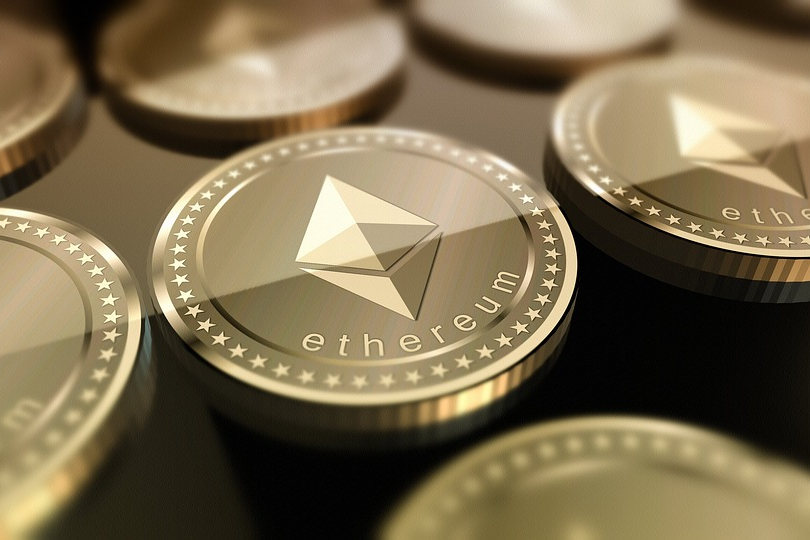Founded in 2015 by Vitalik Buterin, Ethereum is one of the most important and influential networks in the cryptocurrency industry today. The Ether (ETH), its native token, is currently the second most important cryptocurrency by market cap (after Bitcoin), according to CoinMarketCap data. It is also considered a pioneer of the so-called “blockchain 2.0” movement, as Ethereum pushed the blockchain technology further by allowing the creation of decentralized apps (dApps) and smart contracts.
So, what are the best uses for Ethereum?

Hodling or Trading ETH
If you’re interested in taking advantage of Ethereum’s popularity by investing in it, you can support the network by buying ETH tokens and staking them. If you’re an active trader, it is also possible to trade Ethereum without owning the underlying ETH token. It is possible to do so with derivatives like CFDs (Contract for Differences), so then you only profit from the token price movement over the short-term.
One of the biggest advantages over “hodling” tokens (an intentional misspelling of “holding” that’s widespread within the community) is that you can profit from rising or falling markets and capitalize on margin trading and leverage. You can also trade on the go, as trading ETH on mobile apps, such as easyMarkets, is increasingly popular to take advantage of cryptocurrency market volatility.
Creating dApps
Another popular use for Ethereum is the creation of decentralized apps. While they might seem like normal apps, decentralized apps, or “dApps” are different. First, they run on a decentralized network, not on a centralized server. Secondly, it uses Ethereum smart contracts to work efficiently and run exactly as it is supposed to. Finally, they are usually anonymous, there is no downtime, it resists censorship, and data stored on the Ethereum blockchain is immutable.
Ethereum-powered dApps have been increasingly popular since the launch of the network, disrupting many businesses, as well as inventing new ones. There are many types of dApps available in the market – some are still experimental, while other early movers have a more solid background and are already changing things in different sectors. Technology, gaming, collectibles, and finance are among the most popular dApps.

Participating in the DeFi sector
With the rise of Ethereum, another sector has become increasingly popular: decentralized finance, or DeFi. This shift from traditional and centralized finance to decentralized financial technologies built on the Ethereum network has disrupted many traditional financial actors, and many analysts believe that the DeFi will one day replace the financial sectors as we know them today.
The DeFi ecosystem has allowed the launch of many decentralized protocols and financial instruments, reaching a wide range of use cases for companies, individuals, as well as developers. Lending and borrowing platforms, asset management, compliance, data and analytics, derivative products, escrow services, DEX (decentralized exchange), insurance, payments, market prediction, savings, as well as tokenisation are among the most popular use cases of the DeFi.
Final word
There are many more use cases for Ethereum we could talk about here, but what’s sure is that smart contracts and dApps have changed the blockchain industry, and might soon be part of daily life in one way or another.







